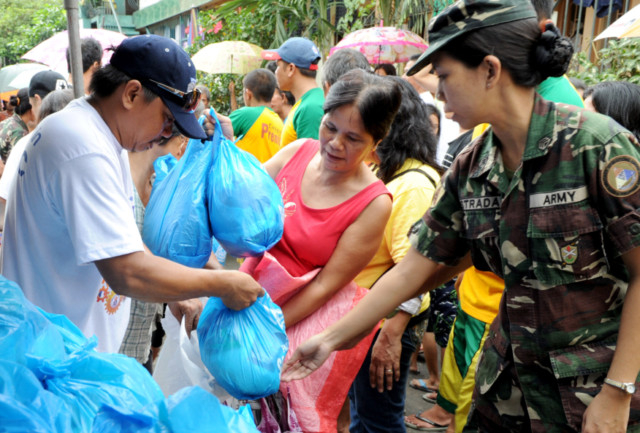Strengthening Resilience in the Philippines
The goal of building a more resilient Philippines focuses on improving its ability to withstand and recover from various challenges. Located in the Pacific Ring of Fire, the Philippines frequently experiences natural disasters like typhoons, earthquakes, and volcanic eruptions, made worse by climate change impacts such as extreme weather and rising sea levels. Marginalized communities, affected by poverty and inadequate infrastructure, are particularly vulnerable. Efforts to enhance resilience include better disaster preparedness, investing in sturdy infrastructure like earthquake-resistant buildings and flood defenses, and conserving natural habitats such as mangroves for their protective benefits against coastal hazards.
However, significant challenges remain. Limited funding often limits the expansion of resilience-building initiatives nationwide. Political and governance issues can delay effective policy implementation and coordination among different stakeholders. Rapid urbanization and poor land use planning further increase vulnerability in high-risk areas, where insufficient infrastructure and informal settlements pose serious risks to communities. Overcoming these challenges requires ongoing commitment and collaboration among government agencies, civil society, and international partners.
To tackle these issues, the Philippines should focus on climate adaptation strategies and incorporate resilience into development plans. Educating and involving communities in decision-making will enhance their ability to handle disasters. By promoting sustainable development and adopting new technologies, the country can better prepare for future challenges and safeguard its people and natural resources




Comments
Post a Comment